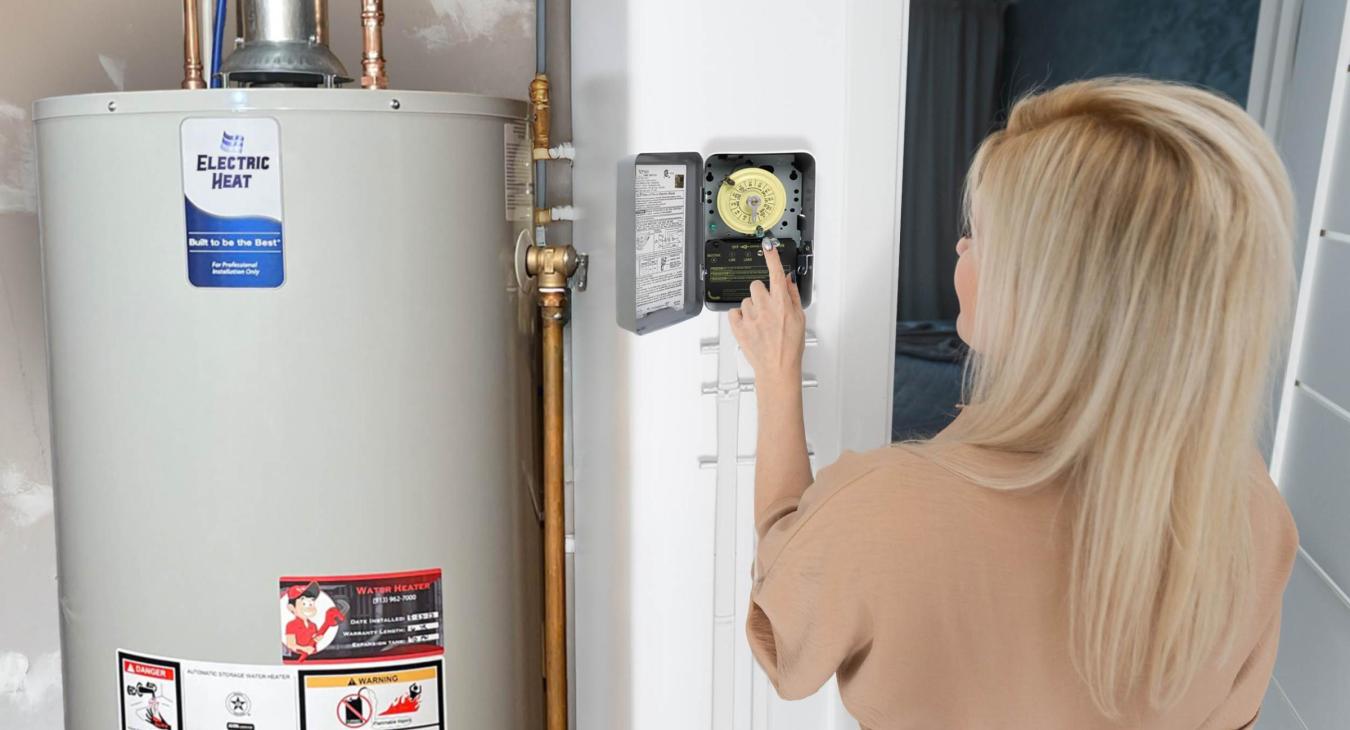Tri-State Rate Increase to be Covered by Access Fee Increase, Rate Stabilization Funds. SMPA Board Approves Time-of-Use Rates to Start in May, 2025
San Miguel Power Association (SMPA) announced the increase of the consumer access fee for the majority of members, from $25/mo. to $28/mo.--still one of the lowest access charges in the region among similar electric cooperatives. The board also approved a proposal to implement a time-based rate structure, beginning in May of 2025. Under this new structure, a Time-of-Use rate will offer members a discount on energy for 19 hours of the day, 11¢ / kWh instead of13.5¢ / kWh. During the 5 hour “Peak” period of 4 PM to 9 PM, members will see a higher rate (22¢ /kWh). The Off-Peak/On-Peak combination will have minimal impact on the overall cost for most members, and it will better reflect the actual cost of energy throughout the day.
The Access Fee increase was driven by a 6.2% rate increase in wholesale power costs, imposed by Tri-State Generation and Transmission (Tri-State), wholesale power provider for SMPA. To cover these increased costs, SMPA approved the $3 fixed monthly increase to all members. Expected revenue from this change will not cover the added cost completely. To supplement the new revenue, SMPA will access previously deferred rate stabilization funds. The increase is set to take effect in January of 2025.
Within the new time-based rate structure, members are incentivized to shift their electricity usage to off-peak hours, when demand and wholesale energy costs are lower. Managing flexible loads like EV charging, water heating, and electric heat tape can save room for essential electricity uses on the grid. The new time-based rate also includes a Time-of-Day “peak power” rate option to give flexibility to members whose energy use profile positions them to take advantage of it.
These changes will be beneficial to SMPA members because they have the potential to lower capacity costs, reducing upward pressure on the end-consumer rates. It can also provide an opportunity for members to save money by shifting discretionary loads like laundry, dishwashing, EV charging, snow-melt systems, or water heating to the off-peak period. This shift would also bolster the market for solar energy plus storage, aiding the transition to a cleaner energy system.
Here's how time-based rates help:
Off-Peak Hours: Lower prices apply during times of low electricity demand.
Members can have more cost-effective energy by:
- Running appliances like dishwashers and washing machines during off-peak hours.
- Charging electric vehicles overnight.
- Pre-heating homes before peak hours.
SMPA offers a variety of programs and services to help members understand and adapt to time-based rates, including:
- Online resources: Detailed information about time-based rates, including rate plans and peak/off-peak hours, will soon be available here.
- Member support: Member service representatives are available to answer questions about time-based rates and help members.
- Smarthub: The hourly kWh data available to members in Smarthub provides members with near real-time data on their energy usage, allowing them to track their consumption and identify opportunities for savings.
SMPA is committed to providing members with the tools and resources they need to manage their energy usage. SMPA offers numerous rebates for efficient appliances and beneficial electrification, including home batteries, induction cooktops, smart thermostats, and electric thermal storage, etc. Options for on-bill-repayment (OBR) may help low-income members access these money-saving technologies, spreading out payments, rather than buying all at once. “Our board has taken a bold step that puts SMPA on the cusp of a more flexible and effective power grid,” said SMPA CEO, Brad Zaporski. “As we move forward with our members, we look forward to realizing these benefits together, for the good of all electric consumers in our service territory.”

